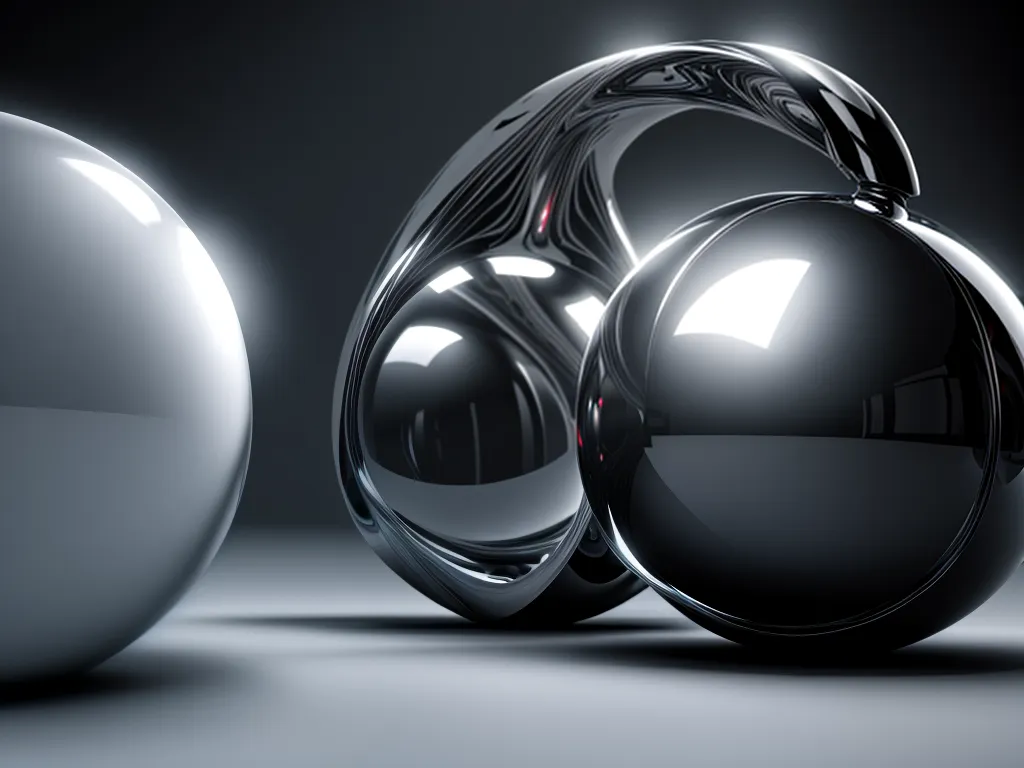
For years, real-time rendering has been focused on rasterization techniques that approximate lighting and shadows. But ray tracing is changing everything. As a graphics researcher, I believe ray tracing represents the next major leap in rendering quality and realism. In this article, I’ll explain what ray tracing is, why it’s superior, and how developers are pushing its limits to enable real-time ray tracing in games.
What is Ray Tracing?
Ray tracing is a rendering technique that traces the path of light rays as they interact with virtual objects. It simulates the physical behavior of light more accurately than rasterization.
Here’s a quick overview of how it works:
- Light rays are traced from the camera through each pixel into the 3D scene.
- When rays hit an object, scattering, reflection, and absorption are simulated.
- The rays continue to bounce until they reach a light source, producing realistic shadows, reflections, and global illumination.
The end result is a highly realistic image with effects like reflections, refractions, and ambient occlusion baked in.
Why is Ray Tracing Better Than Rasterization?
Rasterization has dominated real-time rendering for decades. But it relies on “tricks” to approximate lighting and shadows.
In contrast, ray tracing simulates the physical properties of light. This leads to:
- More realistic lighting, shadows, and reflections
- Natural effects like refractions through glass
- Built-in ambient occlusion and global illumination
Rasterization will always have a place for fast rendering. But ray tracing is physically accurate and eliminates the need for pre-baked effects. It’s the future for pushing graphics quality higher.
Challenges of Ray Tracing for Real-Time Rendering
Ray tracing produces stunningly realistic graphics. But it’s computationally expensive:
- Each pixel requires tracing multiple rays through the scene.
- Lighting and shadows are computed dynamically instead of being pre-baked.
- More effects like reflections increase the ray count per pixel.
Even with today’s powerful GPUs, full ray tracing is limited to film and offline rendering. The key challenges are:
- Performance: Tracing millions of rays per frame requires huge computational power.
- Bandwidth: Ray data can swamp the bandwidth between GPU cores.
- Scalability: More GPU cores and nodes leads to more incoherent rays.
Fortunately, there are solutions to overcome these challenges…
The Rise of Real-Time Ray Tracing
To enable real-time ray tracing, the industry has adopted hybrid rendering techniques:
- Rasterization handles the bulk of the rendering.
- Ray tracing adds shadows, reflections, and global effects where needed.
Advances like variable rate ray tracing (VRRT) focus rays where they matter most. There are also new AI techniques to denoise rays.
NVIDIA’s RTX platform brings dedicated ray tracing cores and software to consumer GPUs. AMD will also support ray tracing with their upcoming RDNA 3 architecture.
The results are stunning and performant:
{{
}}
And this is just the beginning. With Rapid Packed Math and other optimizations, performance will keep improving.
The Future of Real-Time Ray Tracing
Ray tracing is bringing real-time graphics ever closer to photorealism. But what else does the future hold?
Some emerging areas that excite me:
- Using AI and NPUs to accelerate ray tracing algorithms.
- Ray tracing audio for highly realistic spatial sound.
- New shading techniques to eliminate rasterization entirely.
- Cloud gaming to provide ray tracing on any device.
The next decade will be defined by expanding ray tracing capabilities. Graphics will keep getting more cinematic, immersive, and closer to reality than ever before. I can’t wait to see how it evolves!
Conclusion
Ray tracing simulates the true physics of light and promises to revolutionize real-time rendering. While still early, advancements in hardware and hybrid rendering are bringing stunning ray-traced graphics to consumer devices. This technology will enable more lifelike scenes than rasterization can produce. I’m thrilled to be pushing the limits at the forefront of this new golden age in real-time graphics. The future is bright for ray tracing and beyond!












